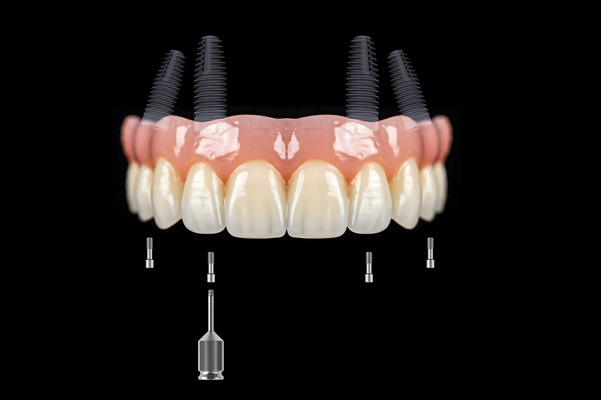Dental Bonding vs. Contouring

Wondering whether you should choose dental bonding services or dental contouring services to repair one or more issues with your teeth? These two popular cosmetic options both work to improve the way one looks when they smile. When it comes to which option someone should choose to improve their smile, read on for in-depth information.
About general dentistry
Thinking dental bonding and/or contouring is the right cosmetic choice? Many people are now looking into their cosmetic options to repair any minor tooth flaws they have and are especially excited about the fact that many of today’s options are minimally invasive. In fact, some cosmetic services do not even require patients to undergo any type of anesthetic. Many people are also asking their general dentist if they can perform these cosmetic treatments, as some general dentists have undergone additional training to provide additional dental services.
What is dental bonding?
According to WebMD, dental bonding is a procedure in which a tooth-colored resin material (a durable plastic material) is applied and hardened with a special light, which ultimately "bonds" the material to the tooth to restore or improve a person's smile. This cosmetic procedure requires a dental professional to first prepare the tooth by making it rough so that the bonding material will properly adhere to the tooth. Once the bonding has adhered, a special light is used to harden the material. The last step is making any alterations to ensure it is shaped correctly and then polishing the tooth.
Common reasons for choosing bonding to repair minor tooth issues are to repair decayed teeth, chipped teeth, cracked teeth, to improve the appearance of discolored teeth, to close spaces between teeth, to make teeth look longer, to change the shape of teeth, for dental fillings and to protect the root of a tooth that happens to be exposed due to gum recession. Dental bonding tends to take between 30 and 60 minutes per tooth.
What is dental contouring?
According to WebMD, contouring or reshaping the teeth (also called odontoplasty, enameloplasty, stripping or slenderizing) is a procedure in which small amounts of tooth enamel are removed to change a tooth's length, shape or surface. In order for someone to be approved to undergo a contouring procedure, they must first be examined by a dental professional, as this cosmetic option is one that can only treat teeth that have plenty of enamel or if the pulp is not too close to the tooth’s surface.
Common reasons for choosing contouring to repair minor tooth issues are fixing small tooth chips, smoothing out bulges or pits in the enamel, adjusting minor irregular tooth shapes that happen to be caused by too many teeth or uneven teeth and adjusting the length of the canine teeth. Dental contouring tends to take between 40 and 50 minutes per tooth.
Making a choice
Now that the difference between dental bonding and dental contouring is understood, those who are in need of cosmetic services to repair their minor tooth problems are able to determine which option is right for them. Keep in mind that some people will benefit from choosing both cosmetic options, as everyone will have their own personalized treatment plan made during a consultation appointment.
Are you considering dental bonding in the Long Grove area? Get more information at https://www.longgrovedental.com.
Check out what others are saying about our dental services on Yelp: Dental Bonding in Long Grove, IL.
Recent Posts
Dental bonding is a way to improve your smile by closing gaps between teeth without orthodontic treatment, repairing chips and cracks and fixing other minor cosmetic imperfections. This review highlights what dental bonding is, what the benefits of treatment are and when to consider dental bonding treatment to improve your smile. No one should have to…
There are some cases where a stained or chipped tooth can be fixed with dental bonding or contouring. While these issues can be more severe and so require a different solution, something like an uneven edge or unsightly spot can often be treated without more invasive procedures that can affect the entire mouth.This procedure enhances…
Dental bonding is becoming more and more common as a restorative treatment thanks to its low cost and minimal time commitment. With so many options available to improve the smile's appearance, no one wants to walk around with chipped teeth or large gaps between their teeth. Direct resin bonding is one method for resolving these…
A common question that general dentists receive is whether or not dental bonding is as strong as natural teeth. Dental bonding is often recommended for restoring a damaged tooth or a tooth that has minor cosmetic imperfections, such as tooth stains, gaps between teeth, etc. It is a long-lasting option that can last for years. Dental…


